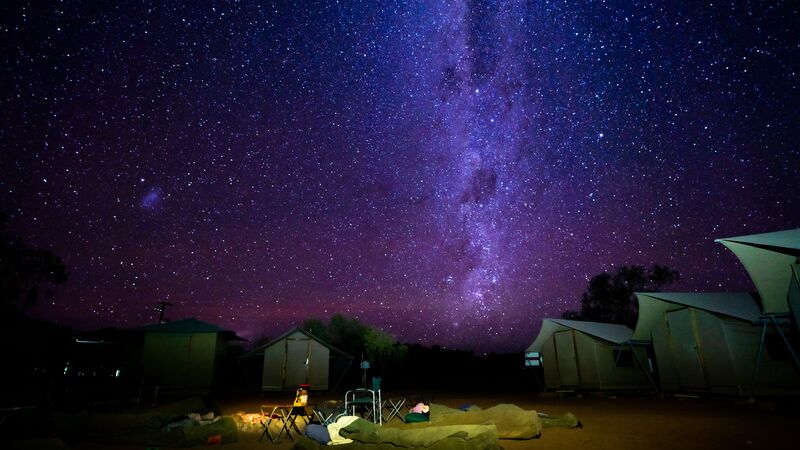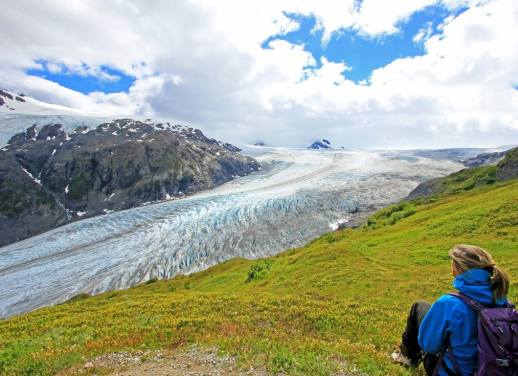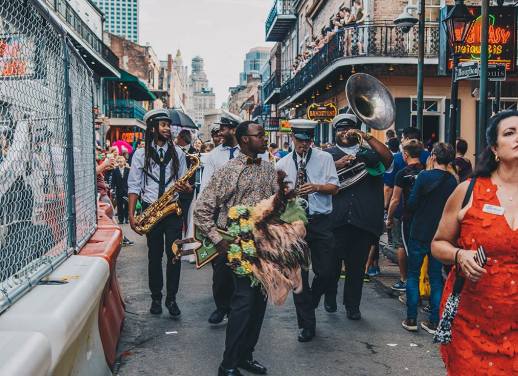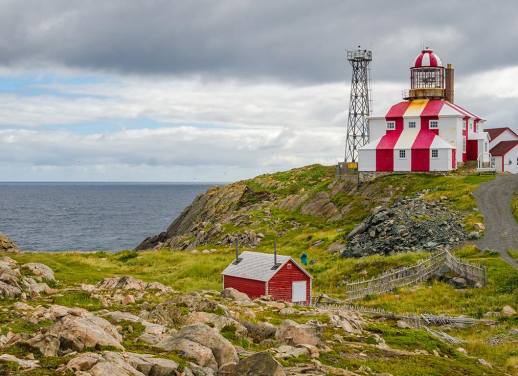How long has it been since you stared up at the night sky? For many of us, particularly city dwellers, stargazing isn’t something we get to do all that often, and not (just) because we’re inside watching Netflix and scrolling through our phones at the same time.
Because the vast majority of spaces where humans live (more than 80 percent, according to a 2016 study) are affected by light pollution, you might not be able to contemplate the heavens – even if you really try.
‘Light pollution’ refers to excessive and unnecessary artificial light. It’s a side effect of the rapid urbanisation and industrialisation that’s taken place over the last 150 years on earth.
It’s not just an issue because stars are pretty and looking at them is romantic as heck (even though they are, and it is). Excessive artificial lighting puts strain on resources that are already at breaking point, contributing to our climate crisis.
It’s also incredibly disruptive to wildlife.
Ever been desperate to get to sleep but can’t because a streetlight is shining on your face? Or asked your partner to put their phone down in bed because the glow is keeping you up? That’s kind of what light pollution is like for a lot of animals. But unlike us they don’t have access to eye masks or light-blocking curtains to help them out.
RELATED: SIX OF THE USA’S BEST STARGAZING SPOTS
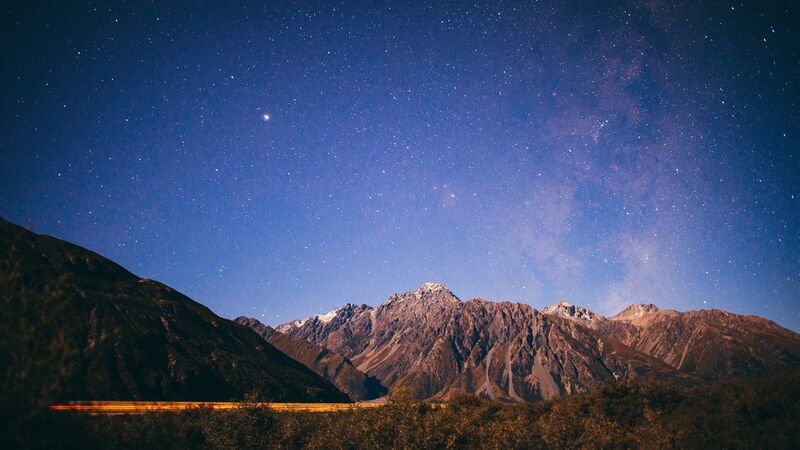
Photo by Damien Raggatt.
The results? Prey animals can’t hide as easily from predators without the cover of darkness, nocturnal animals get very confused and millions – yep, millions – of migrating birds die each year when they are thrown off course by artificial light. That’s not even to mention the impact on plant life.
And for humans? If you haven’t left the ‘burbs or the city recently, you might not even remember what the night sky really looks like and just how therapeutic looking at it can be.
RELATED: WHERE TO SEE THE NORTHERN LIGHTS IN CANADA
It’s not just the little twinkling stars light pollution blocks. It’s views of planets like Mars and Venus, constellations our ancestors used to navigate, and clouds of stellar gas that glow purple, green and blue.
In other words, pretty majestic stuff.
Stargazing can make you feel humble and powerful at the same time – don’t forget, you’re made of the same stuff as the stars – and the good news is, more and more communities are waking up to how harmful the wrong kind of light can be.
Here are some of our favourite travel destinations that are actively protecting natural darkness:
1. Ramon Crater, Israel
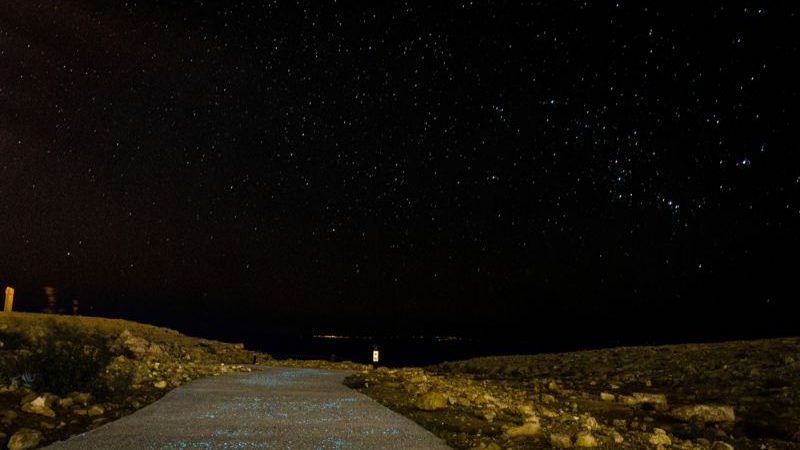
Photo by Moshiko Horesh, Shutterstock.
Ramon Crater might be the least well-known of all the destinations on this list. But while it deserves the spotlight, it’s blissfully free of them. Located in the Negev Desert, Ramon isn’t actually a crater; it’s the world’s largest erosion cirque (basically an eroded valley). With only one tiny settlement on the crater’s edge, the skies above are a true sight to behold. You can even take a 4WD safari into the 500-metre-deep canyon at night to stargaze while you look for the plentiful nocturnal wildlife that call the valley home.
VISIT RAMON CRATER ON OUR 8-DAY HOLY LAND HIGHLIGHTS ADVENTURE. FULL DETAILS HERE.
2. Jasper National Park, Canada
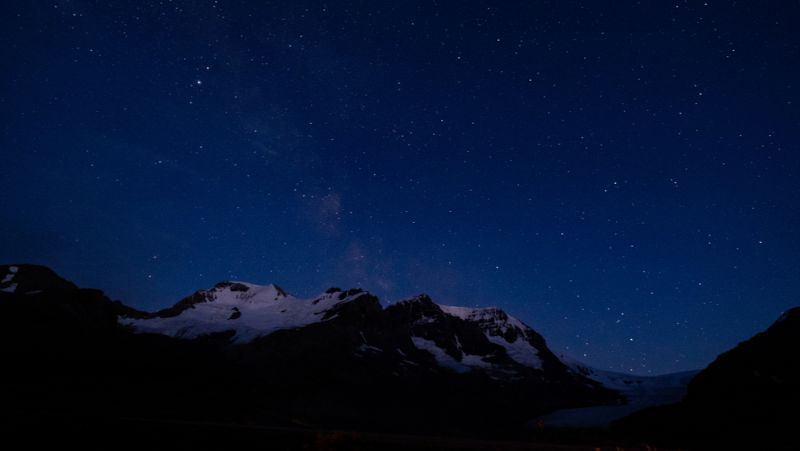
Photo by Elsa Fraga, Shutterstock.
Camping out in the glorious Canadian Rockies under a sky with so many stars that looks like it’s been dusted with powdered sugar, it’s easy to feel like you’re far away from civilisation. But Jasper National Park has become an international haven for stargazing adventurers despite having a sizeable central township. Anywhere you can go from drinking a craft beer in a boutique brewery to camping under a sea of stars within the hour is, in our humble opinion, pretty great.
EXPERIENCE JASPER’S NIGHT SKIES ON OUR 15-DAY CANADIAN ROCKIES ADVENTURE. DETAILS HERE.
3. Grand Canyon National Park, USA
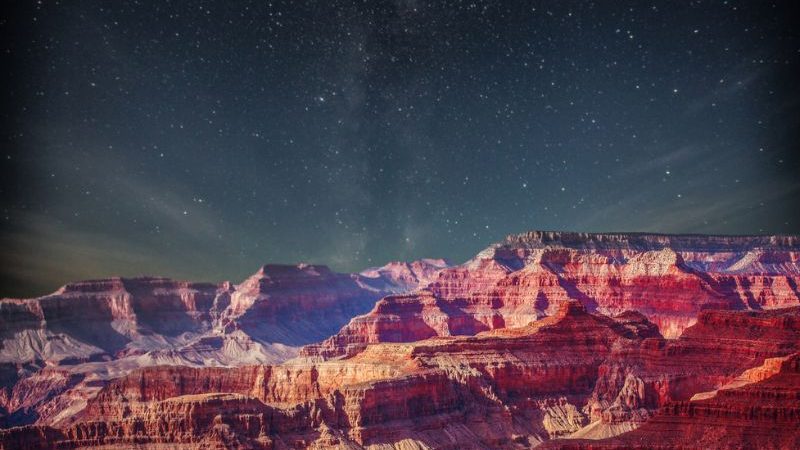
Photo by Skreidzeleu, Shutterstock.
Everyone knows the deep gulleys and valleys of the Grand Canyon are spectacular to admire in the light of day, but when the sun goes down the sky above the canyon comes alive with constellations that glow so bright, they can sometimes cast shadow. The South and North rim of the canyon are both excellent places for amateur astronomers to set up a blanket, lie back and enjoy the show.
Explore the beauty of the world on an Intrepid small group adventure now. Explore our full range of trips here.
Feature photo by Chris Cincotta.

